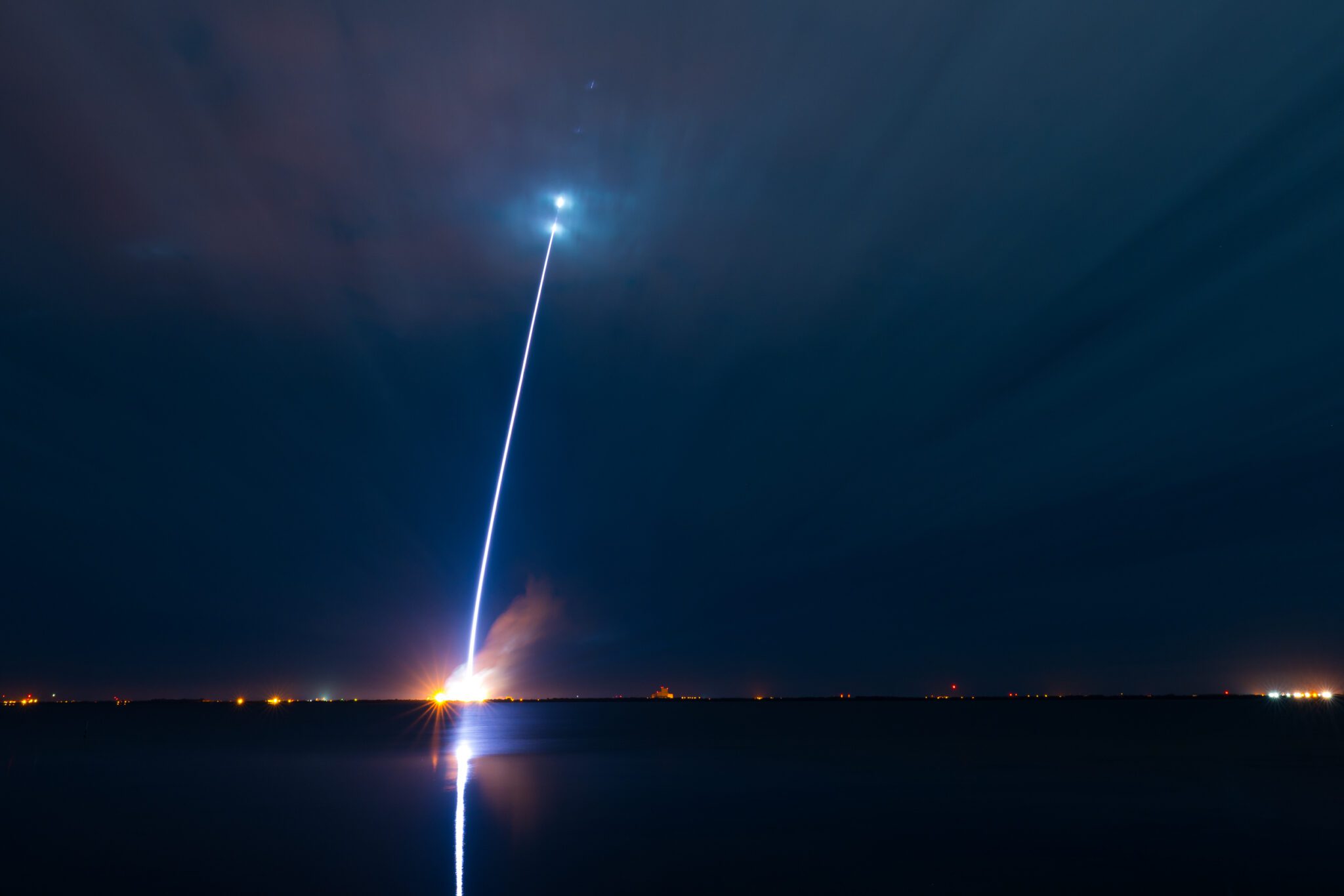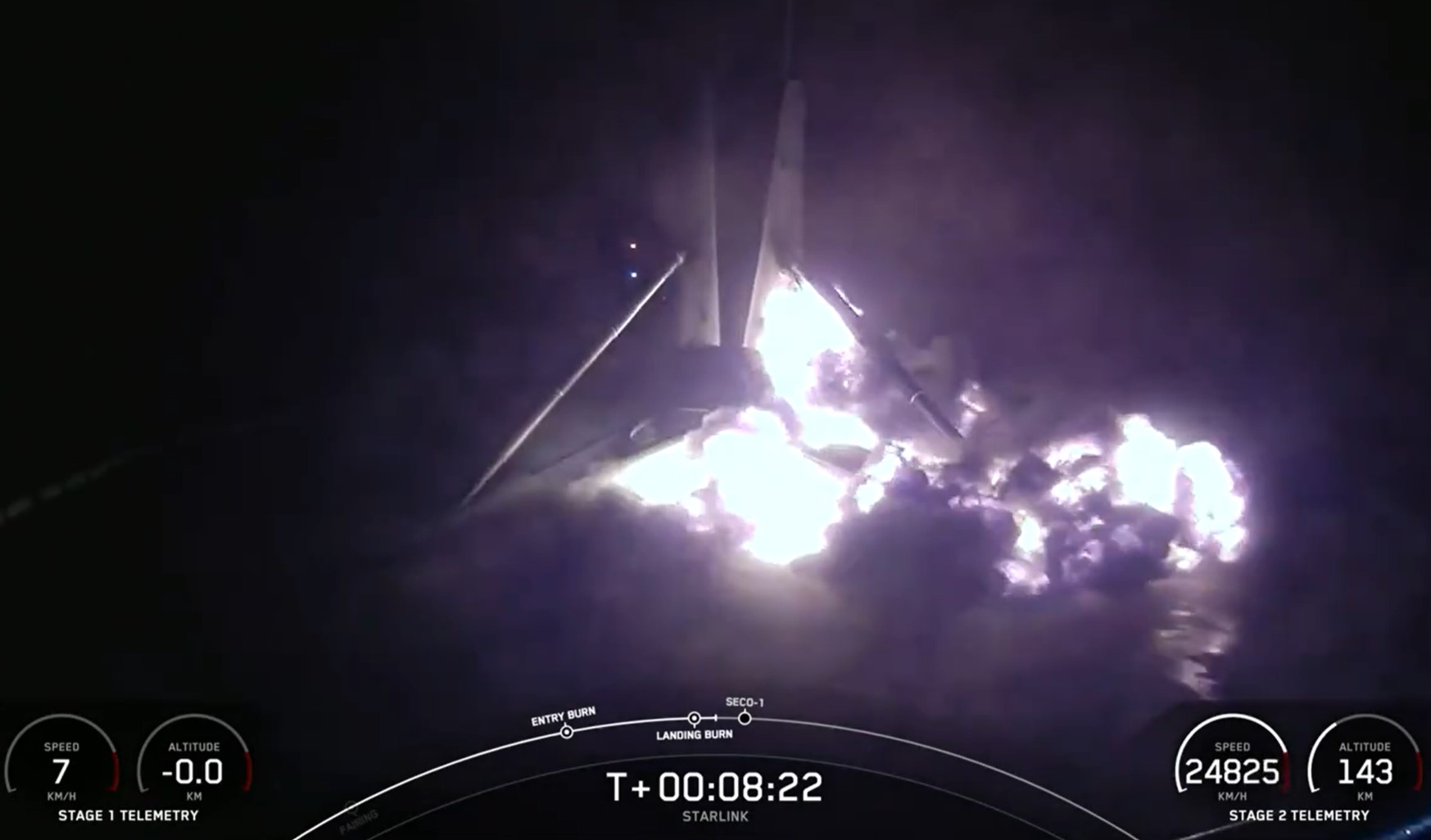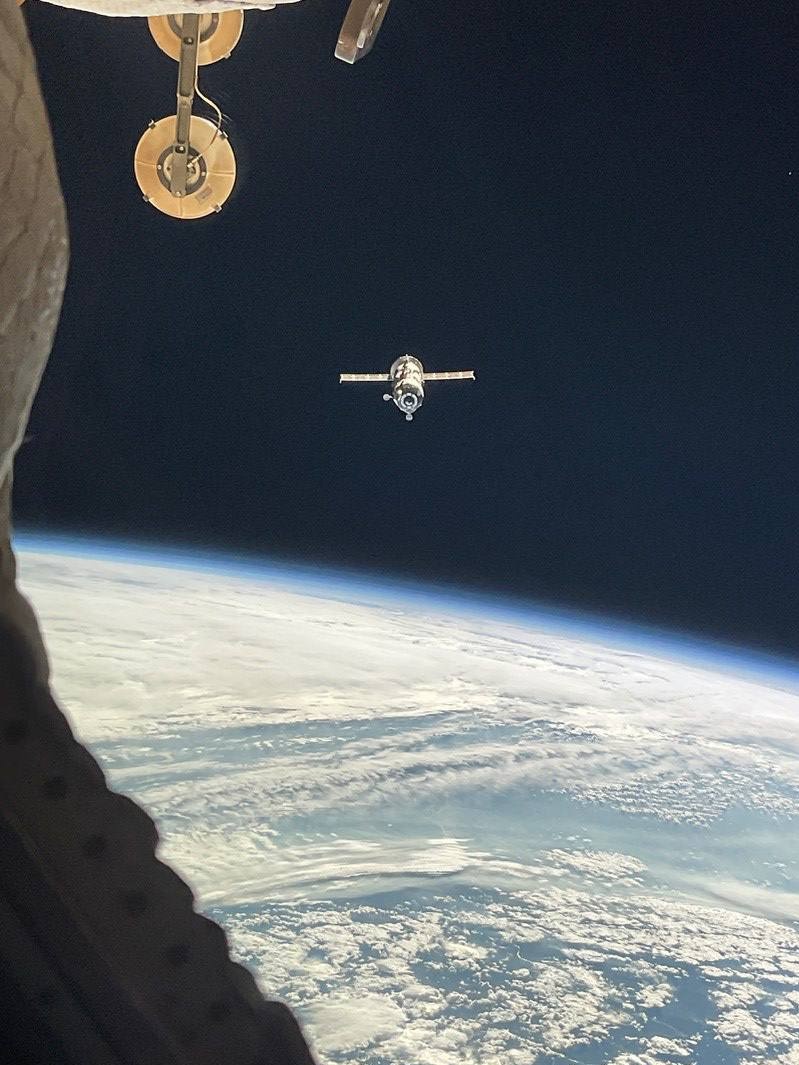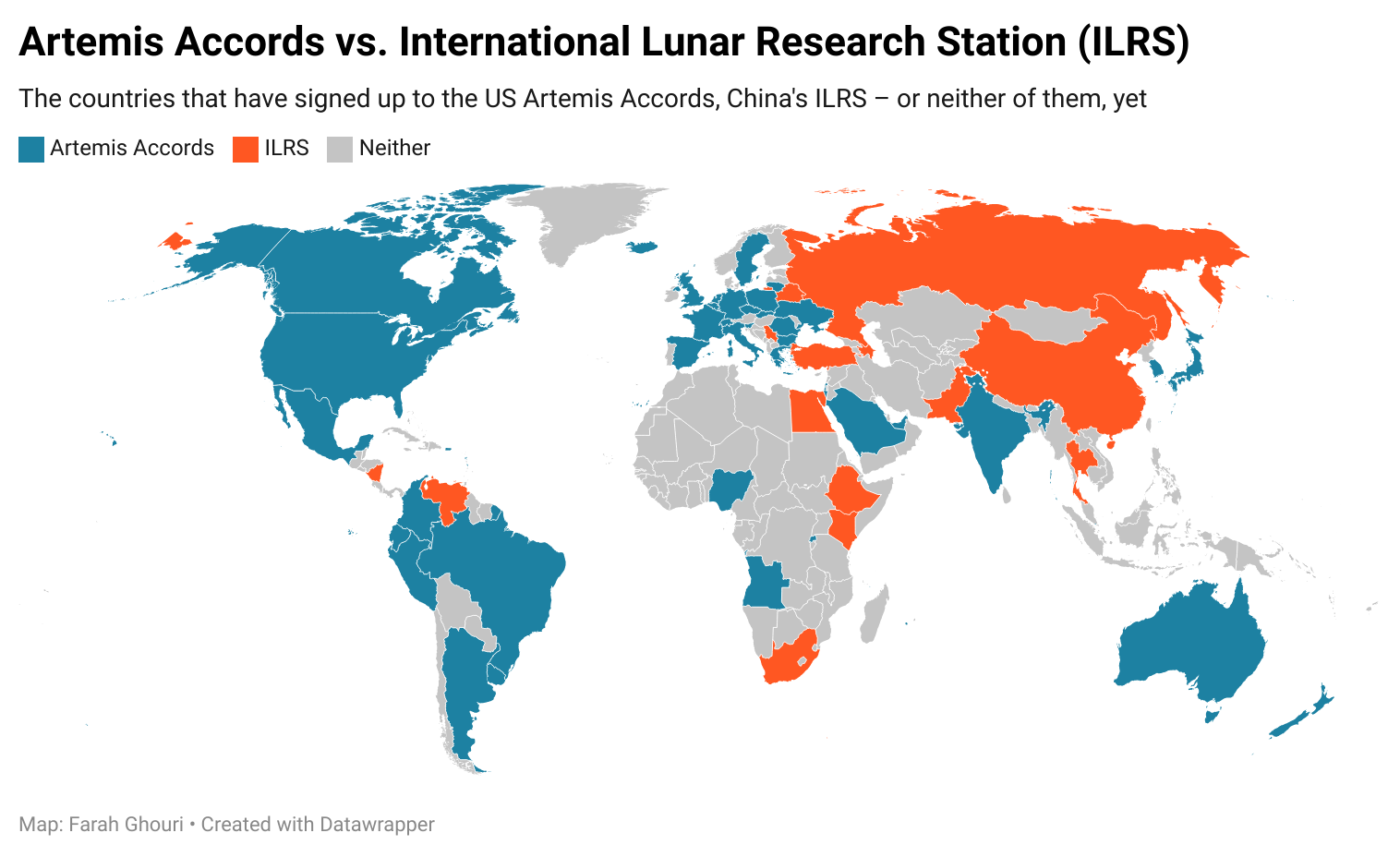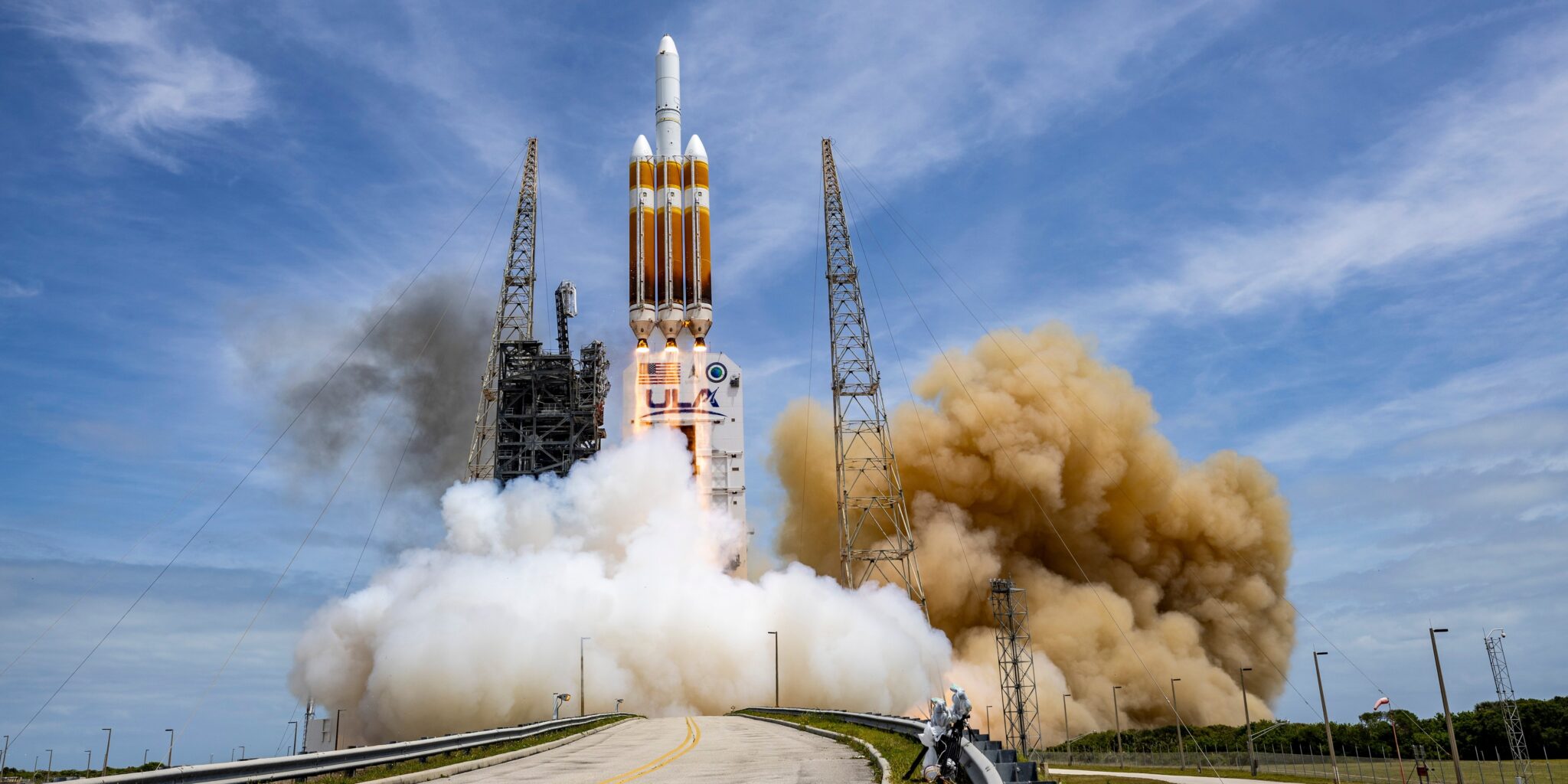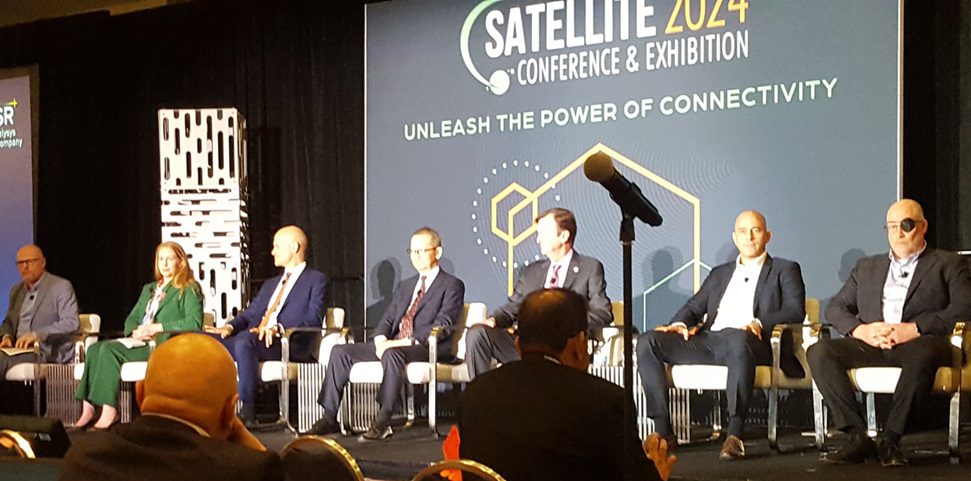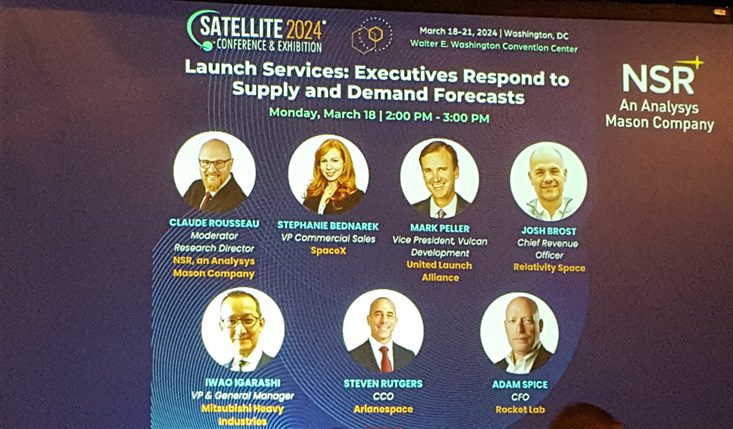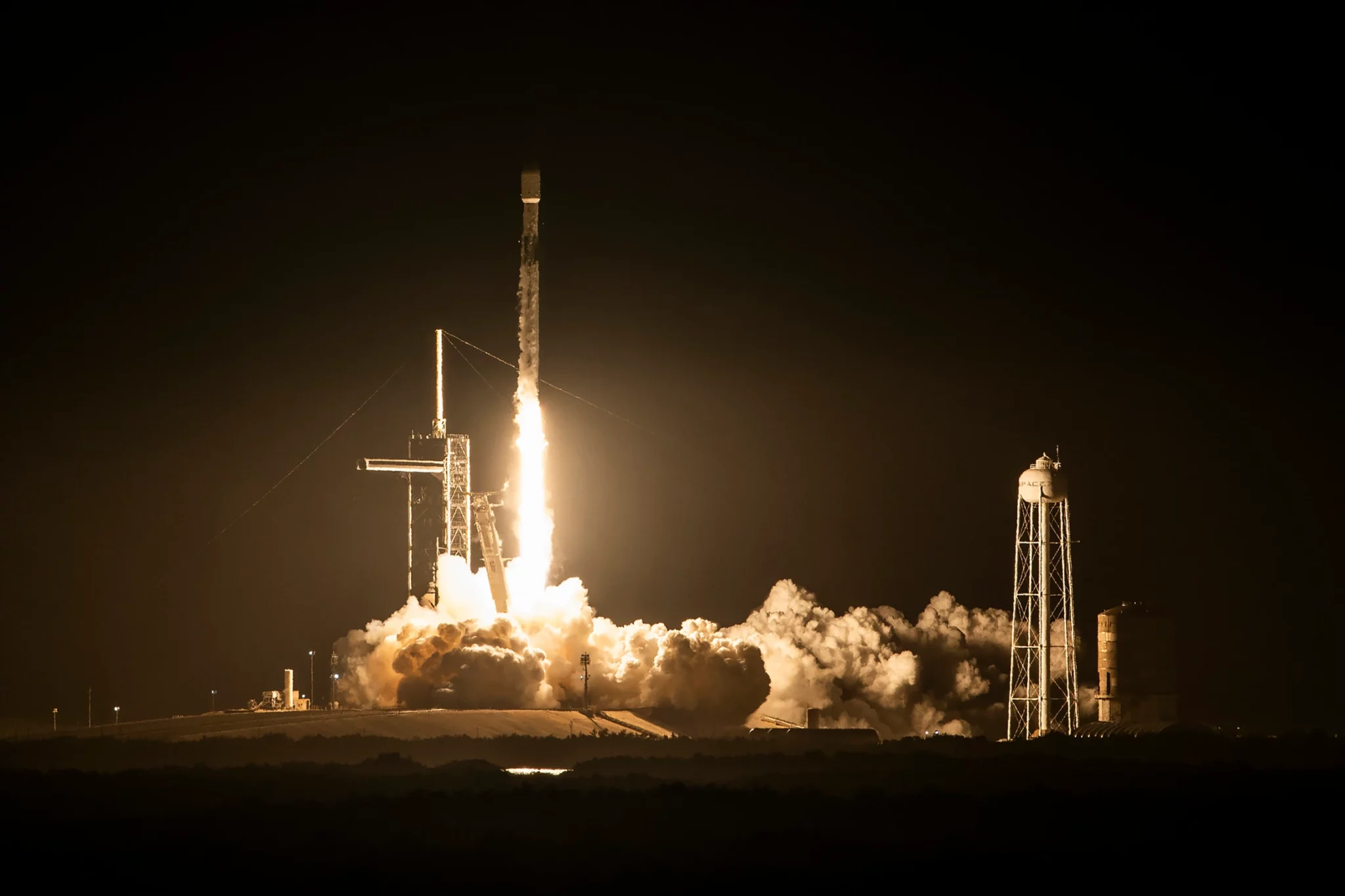While Orbital Sciencs Corporation remains officially upbeat about its supply Russian NK-33 moon rocket engines avaialble to be refurbished to AJ-26 standard, it is known to be seeking a larger engine for later versions of its Antares launch vehicle. In doing so, it found itself stymied by United Launch Alliance’s contractural exclusivity clause from getting its hands on the 933,000lb thrust RD Amross RD-180 engines which are more than twice as powerful as the 400,000lb thust AJ-26. Space News reports that Orbital Sciences is now suing ULA over the issue, seeking damages of $515 million for an apparent restraint of trade under Sherman anti-trust laws. The exclusivity clause is already under investigation by the US Federal Trade Commission.
The underpowered nature of the otherwise efficient NK-33 engines was the reason why the exotic N-1 moon rocket needed 30 of them for lift off. Courtesy: Russian Federation/Wikipedia
Comment by David Todd: There is one other alternative engine to the RD-180 the 1 million lb thrust AJ-1-E6 engine whose development Aerojet is partially being funded using SLS booster risk reduction money. In truth however, there could be a long wait for its production as its development has really only just started with SLS money being used to “reduce the risk” of key elements of its design including its thrust chamber.
Actually, there is some suspicion over why the AJ-1-E6 engine is in the SLS programme at all. Even at 1 million Ib thrust. this efficient oxygen-rich staged-combustion cycle engine would probably still not be enough for an SLS booster as four of them would probably be needed to be carried on each booster – a very uneconomic and high risk solution. However an engine of this thrust class would be ideally sized for an Antares and its equivalent satellite launch vehicles. Such a new engine could also help USA break away from using Russian licenced technology assuming it uses an all US design. So, in effect, while SLS “risk reduction” cash is probably doing good for the US rocket programme as a whole, if it will probablly not be as helpful to the SLS itself.
As it is, now that Rocketdyne is in the same stable as Aerojet, the firm’s 1.8 million lb thrust Saturn V derivative F-1B is thought to be a more likely choice if NASA plumps for a liquid fuel booster for SLS. While the F-1B uses a slightly less efficient gas generator cycle with a lower specific impulse than the AJ1-E-6 (ableit a much better one that a solid rocket design), this has less importance for booster spplications where lift-off thrust is king.


